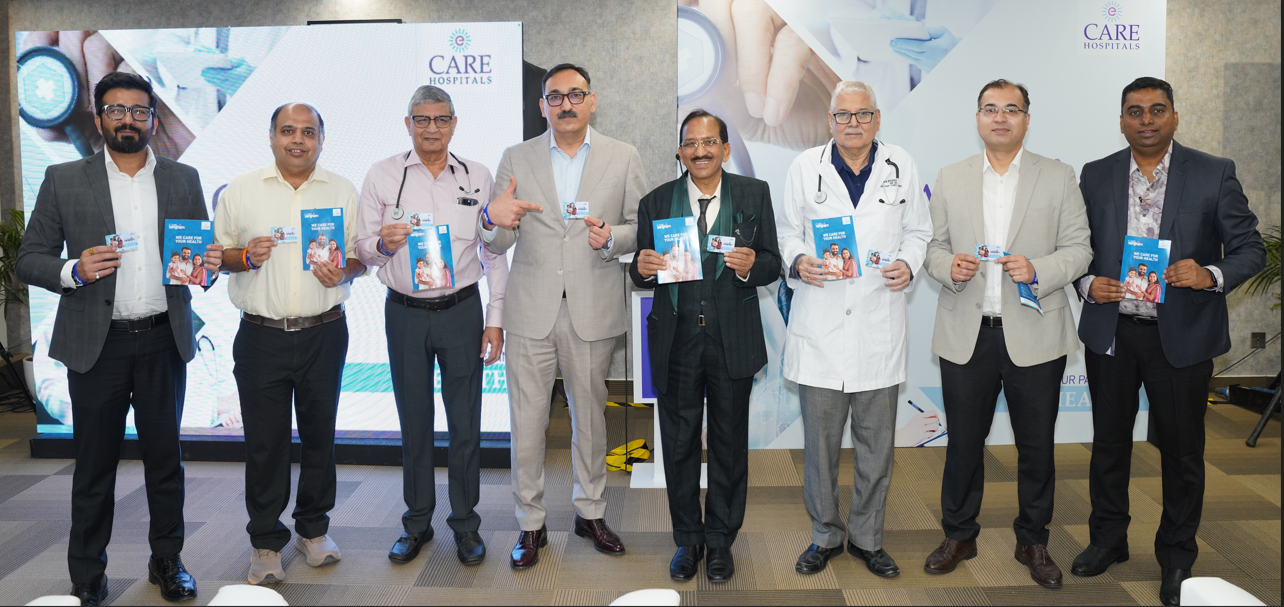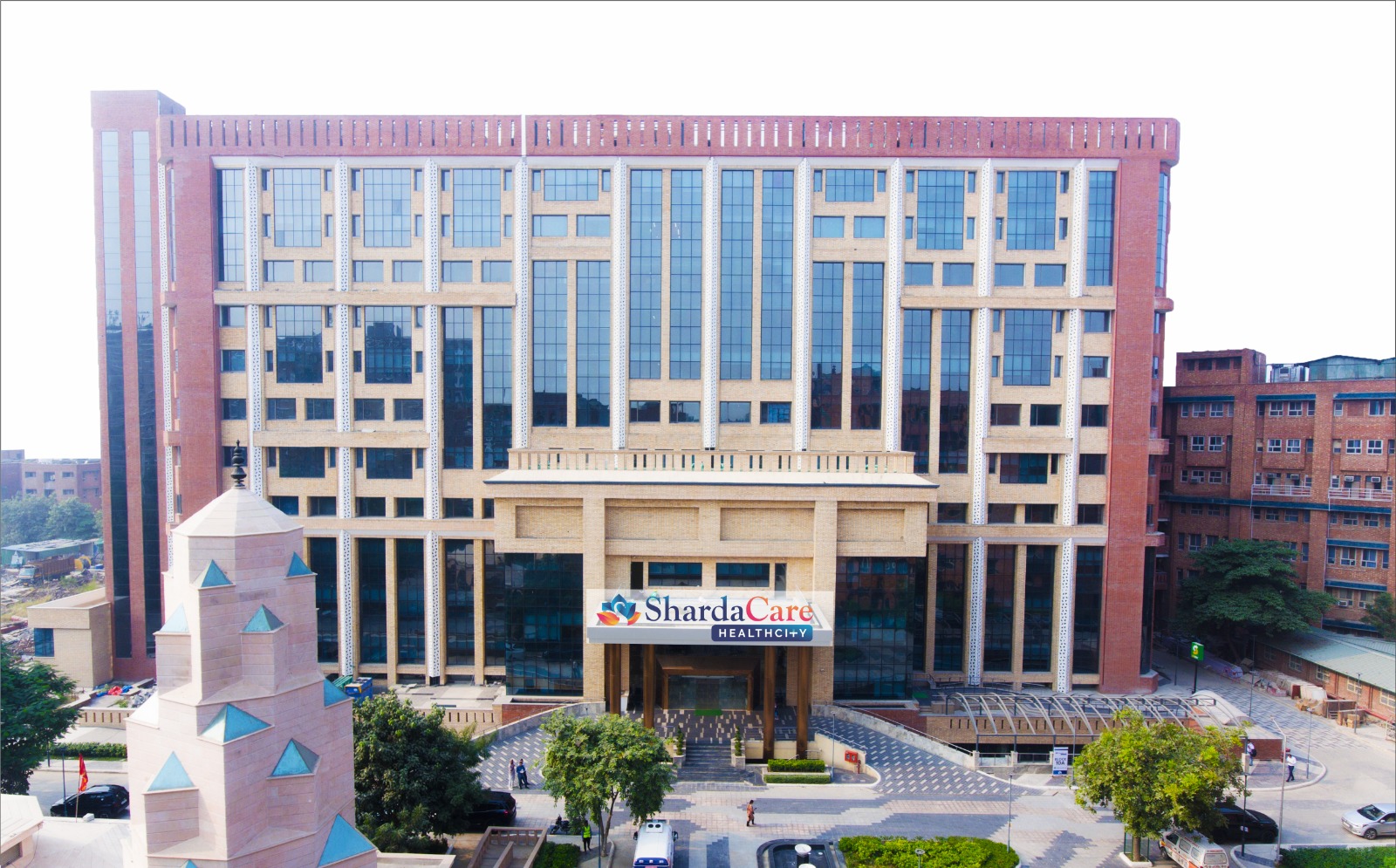ALS -- a neurogenerative disorder that severely impacts the voluntary movement of muscles causes paralysis-like symptoms, even death is a very disorder that affects every two people in 100,000 people. World-renowned physicist Stephen Hawking is the most profound example who suffered from ALS.
Now, researchers at IIT Hyderabad have engineered their way to found a new molecule that can help to treat ALS.
Basant Kumar Patel, Associate Pro resefessor, Department of Biotechnology at IIT Hyderabad reveals that one of the primary causes of ALS is the alterations in the genes that code for a critical protein called TDP-43. The alteration of the gene modifies the protein that results in its liquid-liquid phase separation. This phase separation, sequentially, causes the proteins to be deposited on nerve cells, resulting in neurodegeneration.”
In 2016, the research found a molecule named ‘AIM4’ that responded in a more positively in prevention of abnormal aggregation of TFP-43 in vitro ALS disease model systems.
Patel further reveals that they have shown that AIM4 prevents liquid-liquid phase separation of the modified protein, TDP-43-A315T and, in turn, AIM4 averts aggregation of the protein and may potentially foils the deposition on neurons.
AIM$’s ability is tested to prevent protein phase separation with an antihistamine—Dimebon -- that was studied earlier for curing neurogenerative disorders by pharmaceutical companies in the US but failed in clinical trials.
Looking at binding energy calculations of AIM4, it reveals a promising bond between AIM and mutant protein, which is energetically favourable. It is supposed that the drug promising for treatment of ALS in the near future.

 Researchers at IIT Hyderabad have engineered their way to found a new molecule that can help to treat ALS - a neurogenerative disorder.
Researchers at IIT Hyderabad have engineered their way to found a new molecule that can help to treat ALS - a neurogenerative disorder.











.jpeg)

.jpg)


.jpeg)
.jpeg)


.jpeg)
.jpg)





.jpeg)


